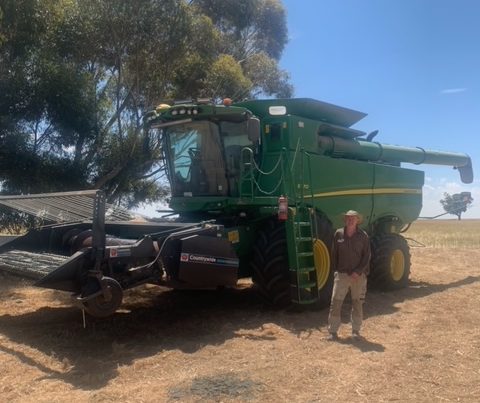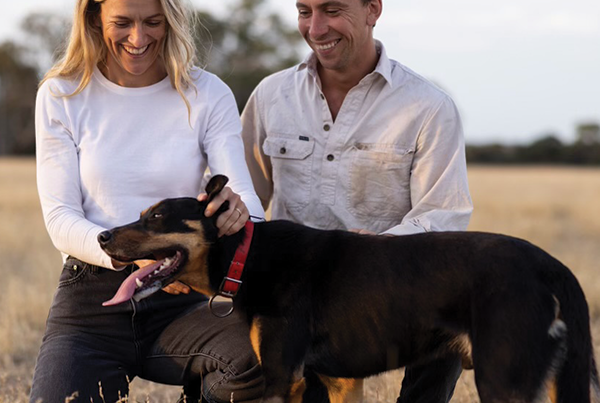At a glance
Who:
Kia Ora Merino – Brendan and Susan Finnigan
What:
We grow ESP® ultra-fine and super-fine merino wool for high end spinning, weaving and yarn. We also sell rams, cast for age ewes, trade cattle.
Where:
Kia Ora is near Winslow, SW Victoria, 20kms north of Warrnambool, at the end of the Great Ocean Rd. We are on Gunditjmara country, bounded by the Spring and Bullanbul creeks. Our son and family work with us, living on their property at Woolsthorpe.
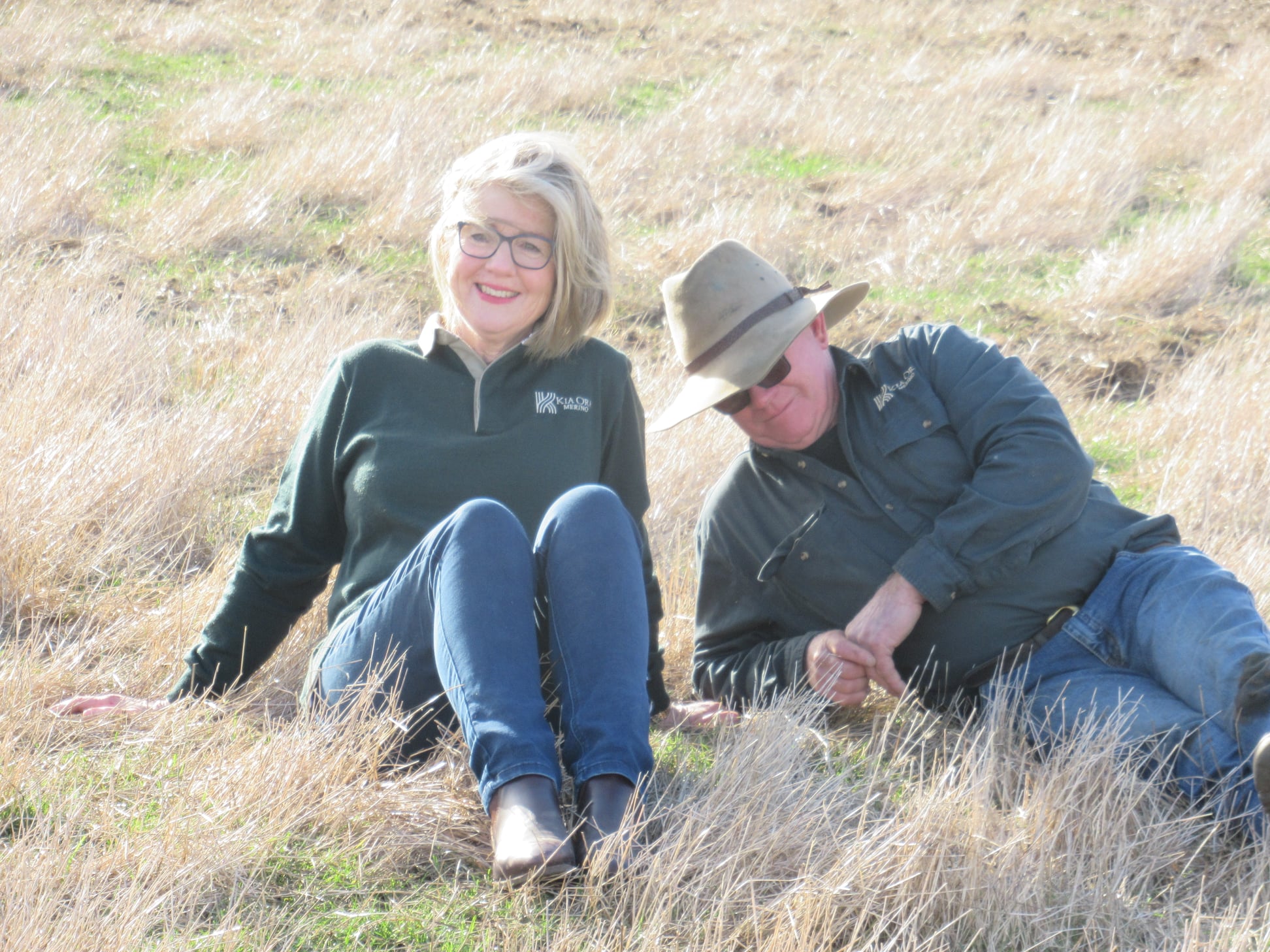
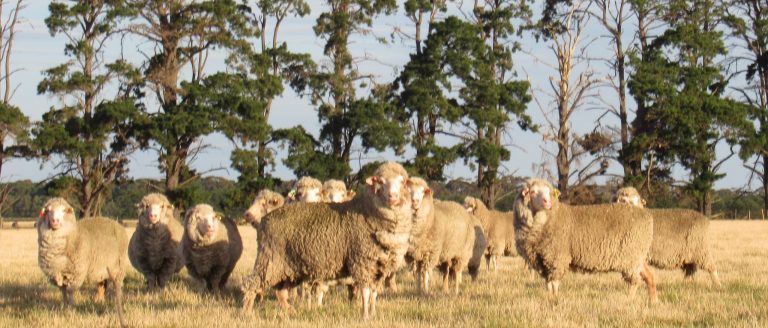
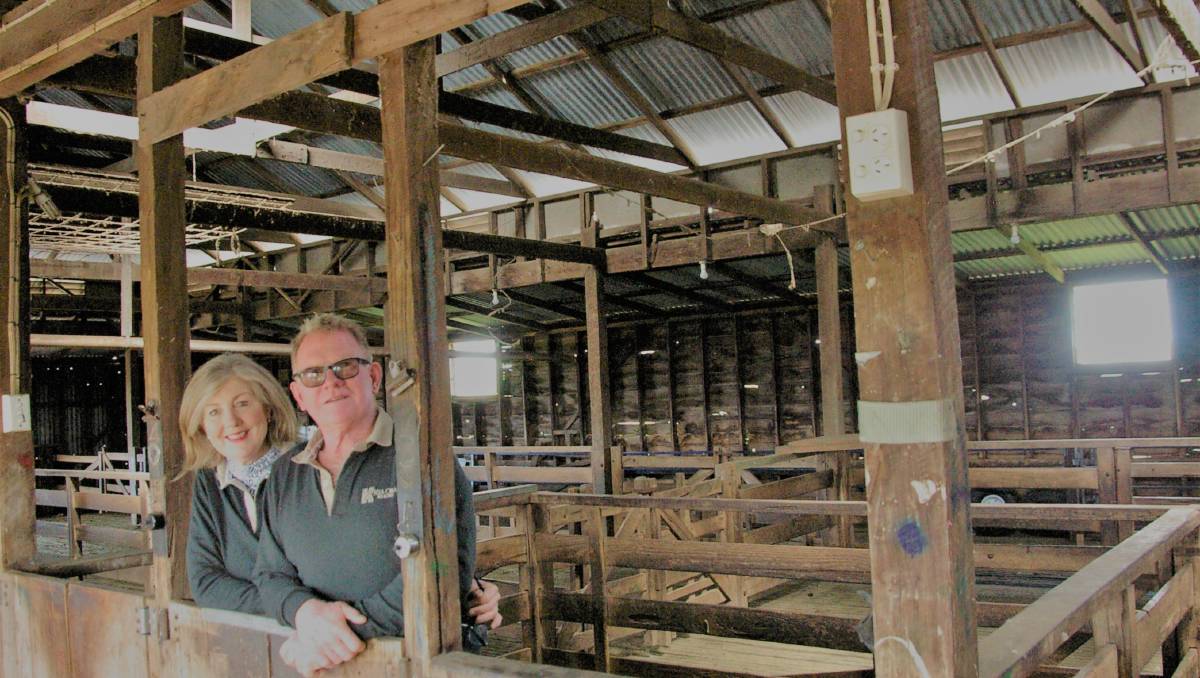
Can you tell us about your property?
Our families have been farmers for many generations however we are self-made farmers, we work as a partnership and recently our son and his family have helped in the business. We have relocated 3 times to now be in a secure, high rainfall area with good soil types and location. Initially this farm had no fertility, working infrastructure or secure fencing. We have progressively fenced off the waterways, fertilised to meet targets and sown mixed species perennial pastures. We have around 750mm rainfall, stock at around 25dse, peaking in spring. We work in an earth, people and animal friendly paradigm.
What first got you thinking about climate change?
Seasonal variability is something we have always worked with however longer-term trends highlighted climate change.
How has climate change impacted your farm business?
No negative impacts at this stage. The forecast changes for our area include warmer winters and less rainfall, which we are happy to work with. There is increasing competition for land in our area, with investors/farmers looking south to secure rainfall, this will impact prices.
What are some of the climate-smart strategies you’ve been employing and how successful have they been?
We have taken the initiative to locate our business in a high rainfall area.
We have always employed evidence based best practice so there has been no practice changes required, at this stage.
Practices include keeping areas of high ecological significance fenced off, to exclude stock. Fenced waterways and revegetated the banks now provide a wonderful Wallaby habitat. Over 21hc of Australasian Bittern habitat is fenced out. We plant at least 1 km of tree plantations, from locally sourced seed, annually. This has resulted in increased biodiversity, notably koalas and bees. Stock are watered by troughs to protect the waterways.
Pasture mass is maintained above a total of 1,000 kg DM/ha which ensures the surface movement of water, nutrients and soil is greatly reduced. We rotational graze pastures to optimum heights and prevent weeds invading pastures. Ground cover is kept above 95% which prevents erosion.
Kia Ora has dung beetles which bury manure. We do frequent soil tests and only fertilise to achieve our target Olsen P (17-22) and to provide any other elements the soil needs. We track our increasing soil carbon levels. We only crop to control weed and improve pasture. This is a 3-4 year program as we sow annual crops (direct drill) and end with a mixed species perennial pasture.
We are avid recyclers. Reusing and repurposing is the norm with a contractor taking any excess.
To ensure transparency for our customers we use the AWEX WoolClip app and RFID tags on our wool bales, so the wool can be electronically traced from farm to mill and product if desired. To communicate our practices, we trademarked ESPwool® – our Ethical Sustainable Profitable wool quality system, this embodies our earth, people and animal friendly processes and practices.
We have been rewarded for our practices with excellent wool sale results and winning MLA Sustainable Producer and Biosecurity Producer awards. Also winning, the Small and Medium Enterprise and the Premier’s Regional Recognition Award in the Victorian Premier’s Sustainability Awards, for our cross-operational commitment to sustainability. Kia Ora was accredited as the 58th Victorian sanctuary, under the Wildlife Land Trust and awarded Land for Wildlife status. These are voluntary conservation programs aiming to support and enhance flora and fauna on private land, alongside production.
We established the Best Food and Fibre Environment Group Inc., and work with extended family and friends to protect remnant vegetation and improve the environment.
Do you use renewable energy on your farm? What are the benefits?
When we moved here we reinstated the windmills and now use them, with electric back up. We own very little equipment and try to direct drill summer crops etc. We use 2 wheel motor bikes and avoid using larger vehicles and equipment. We use solar electric for cattle fencing and prime lamb strip grazing.
If you could send a message about climate change to the Federal Government (in 50 words or less) what would it be?
Climate policies need to recognise complexities and be integrated into agriculture and environmental policies. We do not need simplistic schemes, like tax havens or carbon sinks. Please show a long-term vision and plan so clean energy, industries and jobs can be a reality and enhance food and fibre production.



